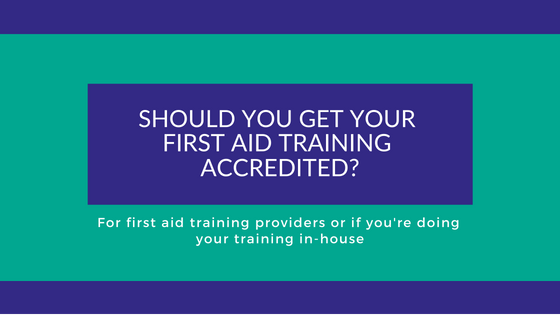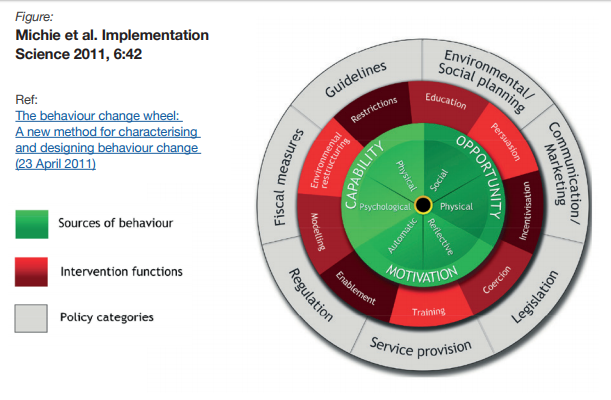Advantage accredits your internal training, trainers and training system. But what does that actually mean in practice? What process do we go through?
1. Your courses or ours?
Advantage’s accreditation takes two forms: we can either accredit your courses, or accredit your trainers to deliver our Advantage Awards.
Our Awards are suitable if you do not have your own courses to deliver, if you wish to replace your current courses, or if you want to supplement your own portfolio. They are developed by our curriculum team, which consists of our in-house curriculum team but also our external, expert curriculum specialists. If you choose to deliver our Awards, we will need to check your internal trainers’ experience and qualifications to ensure they are fit to do so (see below for more on internal trainers).
Many of our centres choose for us to accredit their own courses, including training providers. In these cases, we need to make sure the content is accurate and fit for purpose. We do this by mapping the courses against external standards, such as:
- Resuscitation Council
- National Occupational Standards
- CQC Fundamental Standards
- Legislation such as the Care Act 2014 or Health and Safety at Work Act 1974
The mapping process is carried out by our internal curriculum team or, if it is a particularly high-level or specialist course, one of our Curriculum Specialists. Of course, many organisations providing their own training do so because they want to include their own practices and policies in their courses. We can help with that too, advising on the most effective way to do so.
2. Internal trainers
If you are an organisation looking to provide training to your own staff, then you will need to tell us who is going to deliver that training. Of course, if you are a training provider, then you will probably already have a bank of trainers.
Whether it is an experienced trainer or just an in-house subject expert, then the process is the same: we look at the individual’s work experience, qualifications and skills to ensure they are appropriate to deliver the course. Our Train the Trainer courses can help familiarise trainers with new course content, help inexperienced trainers learn how to pass their expert knowledge onto others, or just make sure their training skills are as good as they can be.
3. Policies and processes
An often overlooked piece of the jigsaw is the policies and processes that underlie your training: your training records, how you decide who to train and when, and how you keep your courses up to date. We will provide an outside overview on your training systems to make they’re optimised. Centres also get access to our online client portal. This can serve as a digital repository for all of your records of who attended a course, when, and how they performed. It can also help you schedule your courses.
4. Helping you keep on track
Once we’ve looked at your courses, training qualifications and experience and your processes, and if you meet our standards, then we can accredit you. If you fall short in some areas, we can help you put it right.
For us, however, the accreditation journey does not end when we let you lose our quality mark. Our office support and curriculum teams are available to help with any queries or problems. We also carry out audits. This sounds intimidating, but it is vital for two purposes:
- To show you and your stakeholders that we are serious about upholding our standards
- To help you use Advantage’s services as effectively and as fully as you can
How to start along the journey?
Get in touch with us for a no-commitment chat. We won’t pressure you, just talk about your requirements and how we might be able to help.
Give us a call on 020 7405 9999, or email us at [email protected]









